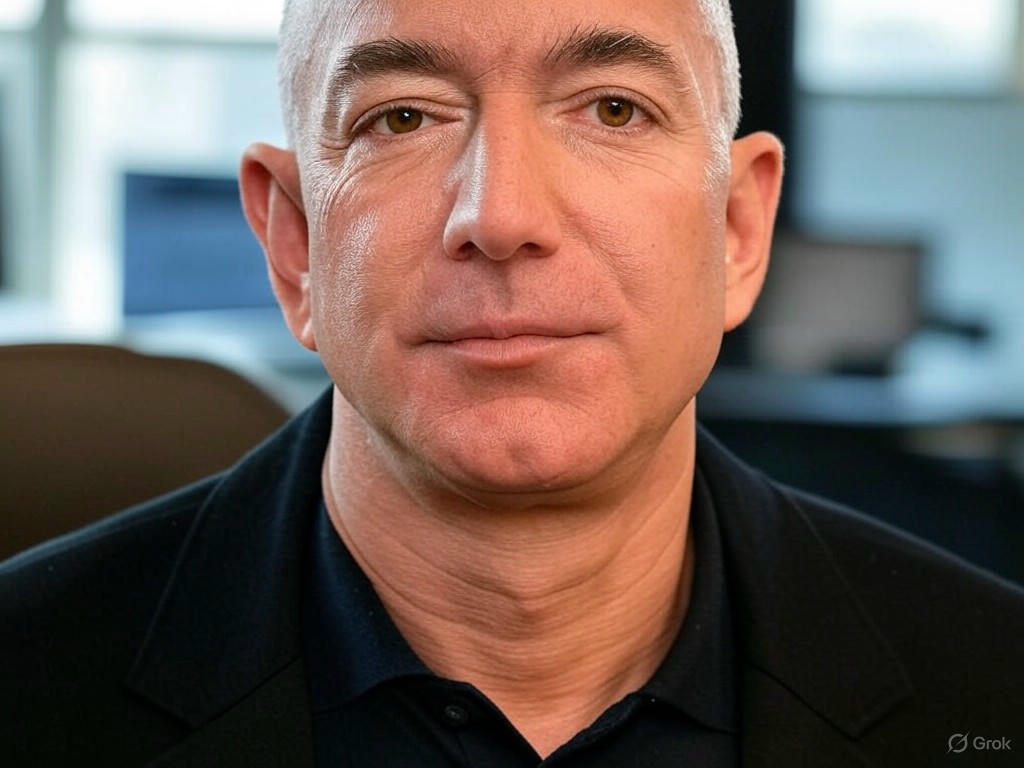Amazon’s Bold Move: Revitalizing Whole Foods for a Grocery Revolution
In a transformative push to dominate the grocery sector, Amazon is making waves with a renewed strategy to integrate Whole Foods, nearly eight years after its staggering $13.7 billion acquisition in 2017. The tech behemoth, known for reshaping industries with innovation, has faced persistent challenges in fully leveraging Whole Foods to cement its foothold in the competitive world of brick-and-mortar retail. Now, with a fresh approach, Amazon aims to turn the tide and redefine how consumers shop for everyday essentials.
Since the acquisition, Amazon has experimented with various tactics to blend Whole Foods’ organic, premium offerings with its own digital prowess. Early efforts, such as introducing Amazon Prime discounts for Whole Foods shoppers and installing Amazon Lockers in stores, showed promise but failed to ignite the explosive growth the company anticipated. Critics pointed to cultural clashes between Amazon’s data-driven efficiency and Whole Foods’ community-focused ethos as a key stumbling block. Meanwhile, competitors like Walmart and Target have ramped up their grocery game, leaving Amazon scrambling to catch up in a market where margins are razor-thin and customer loyalty is hard-won.
The latest shake-up, however, signals a more aggressive and cohesive strategy. Amazon is reportedly streamlining operations at Whole Foods, integrating advanced technologies like AI-driven inventory management to optimize supply chains and reduce waste—a hallmark of Amazon’s operational genius. Additionally, there are whispers of expanding delivery options, leveraging Amazon’s unparalleled logistics network to bring Whole Foods’ high-quality products directly to more doorsteps faster than ever before. This could be a game-changer, especially as online grocery shopping continues to surge post-pandemic. Insiders suggest that Amazon is also exploring ways to make Whole Foods more accessible by tweaking pricing models without sacrificing the brand’s premium reputation, a delicate balance that could attract a broader customer base.
Beyond operational tweaks, Amazon appears to be doubling down on blending physical and digital experiences. Imagine walking into a Whole Foods store, scanning items with an app powered by Amazon’s Just Walk Out technology, and leaving without ever stopping at a checkout counter. Such innovations could redefine convenience while reinforcing Amazon’s position as a tech leader in retail. Furthermore, the company is said to be investing heavily in data analytics to personalize shopping experiences, tailoring promotions and product recommendations to individual preferences—a strategy that has fueled Amazon’s e-commerce dominance.
As Amazon embarks on this ambitious journey, the stakes couldn’t be higher. Success could finally unlock the full potential of the Whole Foods acquisition, positioning Amazon as a formidable player in the $1 trillion U.S. grocery market. Failure, on the other hand, risks further skepticism about the company’s ability to conquer traditional retail. With consumer habits evolving and competition intensifying, all eyes are on Amazon to see if this latest shake-up will be the catalyst for a long-overdue grocery revolution. The coming months will reveal whether this bold integration can truly transform how America shops for food.


